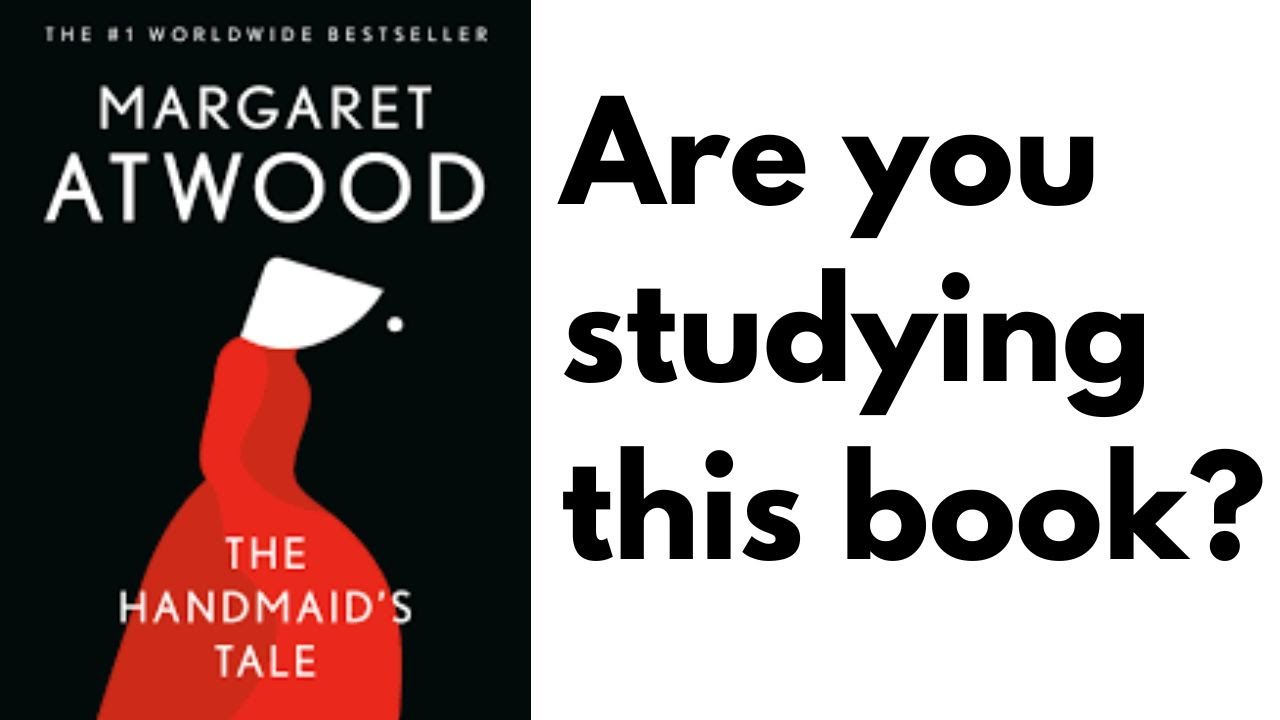A political analysis of The Handmaid's Tale
Summary
TLDRThis video essay provides a political analysis of Margaret Atwood's 'The Handmaid's Tale' and its Hulu adaptation, focusing on themes of female oppression, religion, and resistance within the dystopian Republic of Gilead. The essay highlights Gilead’s patriarchal structure and use of religious justifications for extreme control over women, drawing parallels to modern-day issues such as reproductive rights and gender-based violence. It explores the hierarchical nature of oppression in Gilead and discusses how collective resistance, both internal and external, could dismantle the regime. The video concludes by advocating for unified action against oppressive systems.
Takeaways
- 📖 The Handmaid's Tale is set in a dystopian future where the U.S. is replaced by the theocratic Republic of Gilead, based on extreme interpretations of Christian values.
- 👩👧 In Gilead, women, particularly handmaids, are oppressed and forced into reproduction for elite families unable to have children.
- 🔄 The novel and series explore themes of female oppression, religion, and resistance, with Gilead using Bible verses to justify brutality against women.
- ⚖️ The slow, gradual loss of women’s rights in Gilead mirrors the real-world erosion of reproductive rights, likened to issues like the overturn of Roe v. Wade.
- 💼 Gilead’s oppression extends to all women in different ways, from handmaids to wives, with a strict patriarchal and hierarchical structure.
- 🙅♀️ Resistance against Gilead is shown in various forms, including underground movements like Mayday and small acts of defiance among handmaids.
- 🙏 The regime uses religious texts to rationalize its practices, but the novel critiques the misuse of religion, not faith itself, for oppressive purposes.
- 🔨 Gilead's hierarchical oppression shows that while wives have power over handmaids, they are also oppressed by the patriarchal system.
- 🌍 Gilead's rise is attributed to a fertility crisis, but its focus on blaming women and forcing traditional gender roles is where its cruelty lies.
- 💪 The ultimate collapse of Gilead would require both internal rebellion from oppressed groups and external pressures, such as economic sanctions.
Q & A
What is the setting of *The Handmaid's Tale*?
-The Handmaid's Tale is set in a dystopian future where the United States has been replaced by the Republic of Gilead, a theocratic regime based on twisted interpretations of Christian values.
How does Gilead justify its treatment of women, especially the handmaids?
-Gilead justifies its treatment of women by citing biblical verses, such as Genesis 30:1, which mentions Rachel giving her handmaid to Jacob as a concubine to bear children, and 1 Timothy 2:11, which instructs women to be submissive to men.
What is the role of handmaids in Gilead?
-Handmaids in Gilead are fertile women who are captured and forced to conceive and give birth to children for elite families who are unable to do so themselves.
How does *The Handmaid's Tale* relate to modern-day issues?
-The story draws parallels to modern-day issues like sexual assault, gender-based violence, and reproductive rights, especially after the overturning of Roe v. Wade in the U.S., highlighting how far women's oppression could potentially go.
What is the significance of the gradual loss of women’s rights in the story?
-The gradual loss of women’s rights in Gilead shows how oppressive regimes can strip away freedoms slowly and insidiously, so that many women didn’t have time to escape or didn’t realize their oppression until it was too late.
How does Gilead oppress women besides handmaids?
-In Gilead, women are oppressed in various roles: Marthas are reduced to servants, young girls are trained to serve husbands, and even wives are restricted and denied rights like reading. Although wives are higher in the hierarchy, they are still oppressed in certain ways.
What is the connection between Gilead and 'Traditional Values'?
-Gilead promotes a return to 'Traditional Values' like not wasting resources, but implements them in an extreme and oppressive way, forcing rigid gender roles, subjugating women, and blaming them for societal problems like the fertility crisis.
What forms of resistance exist in Gilead?
-Resistance in Gilead takes multiple forms: mental resistance where women reject propaganda, small acts of defiance such as handmaids using their real names, and organized resistance like the underground Mayday movement led by Marthas.
How does the hierarchy in Gilead complicate the idea of oppression?
-While Gilead is a patriarchal society, not all women are equally oppressed. Wives hold power over handmaids and Marthas, but are still controlled by men. This hierarchy shows how oppression can be multi-layered and intersectional, with some benefiting while others suffer more.
What conditions could lead to the downfall of Gilead?
-The downfall of Gilead would require both external factors, like other countries cutting economic ties, and internal resistance, where the oppressed groups (handmaids, aunts, wives) recognize their collective agency and stop cooperating with the regime.
Outlines

This section is available to paid users only. Please upgrade to access this part.
Upgrade NowMindmap

This section is available to paid users only. Please upgrade to access this part.
Upgrade NowKeywords

This section is available to paid users only. Please upgrade to access this part.
Upgrade NowHighlights

This section is available to paid users only. Please upgrade to access this part.
Upgrade NowTranscripts

This section is available to paid users only. Please upgrade to access this part.
Upgrade NowBrowse More Related Video

The Handmaid's Tale, Part 1: Crash Course Literature 403

The most important context of The Handmaid's Tale

The Handmaid's Tale by Margaret Atwood Summary (Full Book in JUST 5 Minutes)

Why should you read "The Handmaid's Tale"? - Naomi R. Mercer

Moments in History That Inspired The Handmaid's Tale |⭐ OSSA Insights

The Handmaid's Tale Summary & Analysis - Chapter 42
5.0 / 5 (0 votes)